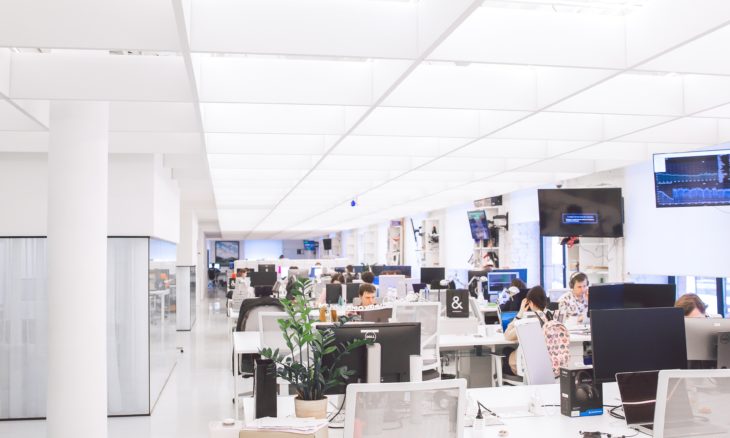This article, authored by our Executive Coach Dana Look Arimoto, continues a special series titled “Creating Resiliency During the COVID-19 Crisis.”
This series will feature articles, podcasts and additional resources from our Consultants Collective member consultants, advisors and coaches, whose experience and expertise includes risk and change management, Asia, China, offshoring, leading distributed global teams, managing crises and internal communications, deploying and managing online collaboration tools that enable people to work together virtually, developing new models, as well as expertise in innovation and design-thinking, work-life integration — and more — all of which uniquely positions Consultants Collective to serve its clients during this time. We hope this series is a valuable resource to you and your organization as you tackle the challenges presented by this global public health crisis. If we can provide additional help and support through our executive consulting, advisory and coaching services, please contact us.
Picture the usual surrounding of co-workers’ buzz around the office: Brenda in accounting just coughed for the 5th time and you think “Ughhh, just go home!” But, is that the problem in and of itself?
So many companies are slow to trust their employees to work at the same efficiency level regardless of their location. But COVID-19 is accelerating this decision for many employers.
Aside from encouraging employees to work remotely as the result of this global public health crisis, all employers who want to attract, retain and promote the best talent are going to have to adapt their approach when it comes to offering flexible work hours and the ability to work remotely.
Here are the facts:
- 65% of employees think they would be more productive working from home than working in a traditional office environment due to fewer distractions – Flexjobs, 2018
- 81% of employees agree that working remotely would make them better able to manage work-life conflict – Owl Labs, 2019
- 66% of employees believe the traditional office setting will be obsolete for most roles by 2030 – Zapier, 2019
Work-life integration is about employers and employees blending together, whether side-by-side, or hundreds of miles apart with a level of trust that will lead to increased productivity, engagement, and quality of life of both your company and your people.
In my book, StopSettling, Settle Smarter, I outline the method, mindset, and movement approach and real-world examples to help individuals become better leaders in their professional and personal journeys.
COVID-19 is forcing many companies and people to make difficult and uncomfortable choices, but working remotely doesn’t have to be a downside for employees or employers. It may just be the start of greater employee satisfaction, productivity, retention and enhanced work-life integration, which can lead to healthier employees – both mentally and physically.









